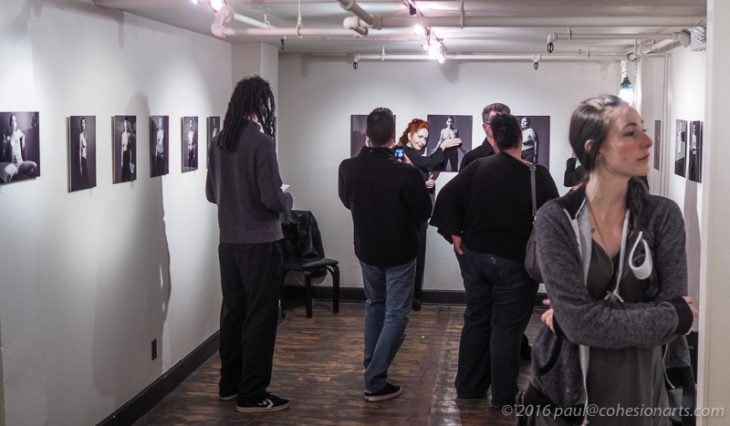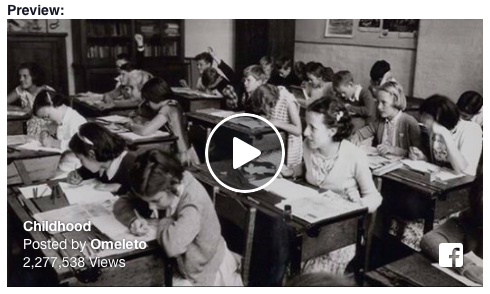Before I went to the UK in the fall of 2014, I spent a little time learning how to make 360º panoramic photos (via Skype) from a guy in Australia, John Warkentin. I haven’t done much with the files since, they’ve just been sitting on my hard drive and I’ve just about completely forgotten how the software that stitches these puppies together works (it’s kinda complex…).
But this morning as I was randomly, mindlessly scrolling through Facebook, I found a page dedicated to the English Wars of the Roses and Medieval Buildings. That got me to looking through some of the files I haven’t looked at for almost two years. First I found an image from the interior of one of the ruined towers of Middleham Castle, a large fortress in Yorkshire, England that was one of the redoubts of the Yorkist faction during the Wars of the Roses, that 30-some-year civil war when the Yorks fought it out with the Lancasters for the Throne of England.
Then I went looking to see what else I have, and found all the files I shot for those panoramas (with a special tripod head that rotates the camera round the front element of the lens). Then I dug into the software that generates the panoramas to see if I could remember how to make it work.
The final result is the image at the top of this post, taken within the main courtyard of Middleham Castle. The statue on the left side is of Richard III – he of “My kingdom for a horse” fame – who resided here for most of his life before usurping the crown from his nephew Edward V.
Edward V and his brother (also a Richard) were confined to the Tower of London, and once Richard ascended the throne, the boys – aged 12 and 9 – were never heard from or seen again, becoming instead the legend of “The Princes in the Tower.”
It was not too much longer before Richard III himself was dispatched in the Battle of Bosworth in August, 1485 – ending more than 350 years of the Plantagenet dynasty in England. Bosworth is often cited as marking the end of the ‘medieval’ period of English history. Richard and the Yorks were vanquished by Henry Tudor, who styled himself Henry VII and began the Tudor dynasty that ended a little over 100 years later with the demise of Elizabeth I.
Any resemblance between the stories of The Wars of the Roses and “Game of Thrones” is strictly intentional. George R. R. Martin has even said as much…
















